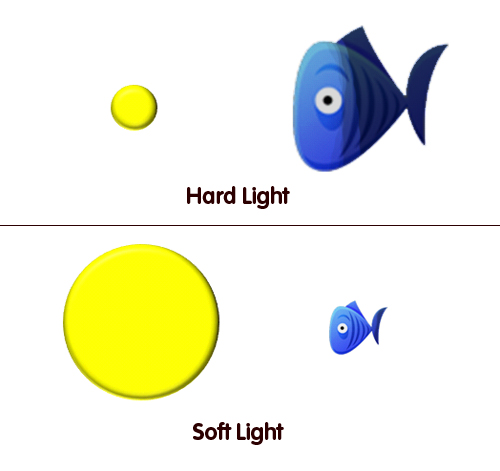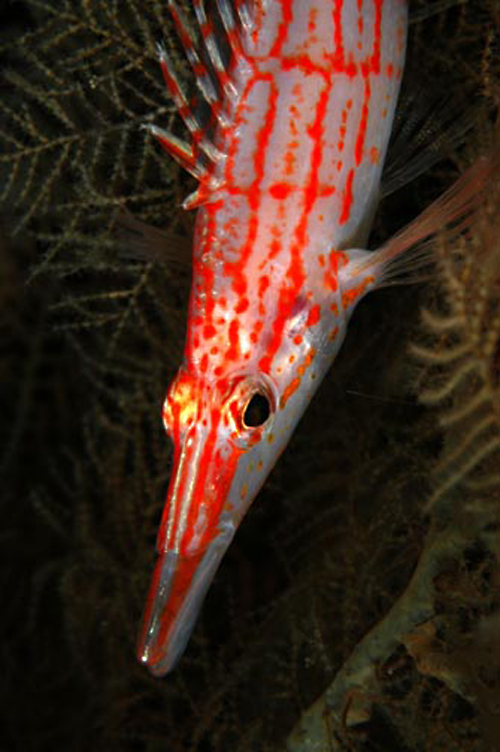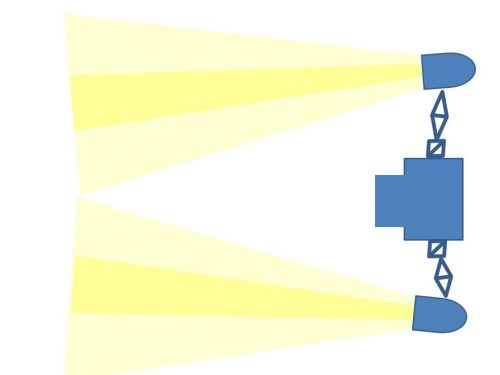Introduction
Creating pleasing lighting is a subjective endeavor. It allows photographers to express their artistic vision and create images with a variety of feelings. Underwater photography, in particular, presents unique challenges and opportunities when it comes to controlling the quality of lighting.
Light Quality
Light quality is essentially a combination of four elements that work in conjunction: the size of the light source relative to the subject and the level of diffusion, the direction of the light, the quantity of light, and the color temperature of light. These elements determine the overall look and feel of the photographs.
The Size of Your Light Source Relative to the Subject and the Level of Diffusion
The size of the light source in relation to the subject plays a crucial role in the quality of light. Smaller light sources produce harder light, characterized by distinct highlights and shadows. This type of light creates a dramatic effect with strong contrasts. On the other hand, larger light sources, or light sources that use diffusers, produce softer light that wraps around the subject. Soft light is gentle and even, minimizing harsh shadows and providing more detail in the shadows.
- Examples of small light sources include point-source lighting such as the sun on a clear day. This produces directional light with severe shadows and high contrast.
- Cloudy days diffuse the sunlight, resulting in a larger light source that softens the light and brings out details in the shadows.
Underwater photographers typically use diffusers to soften the lighting. However, it’s important to note that diffusing strobes reduces the quantity of light by about one to one and a half stops. Photographers need to compensate for this reduction in light output. By understanding the principles of light source size and diffusion, photographers can create appealing underwater images with the desired lighting quality.
The Direction of the Light
The direction of the light, largely determined by the placement of the strobes, significantly influences the appearance of the subject in photographs. Experimenting with different angles and positions helps photographers achieve their desired lighting effects.
By moving the angles of the light sources relative to the subject, photographers can observe how the light interacts with the subject from various directions. This experimentation allows for creative manipulation of shadows, highlights, and overall illumination, leading to unique and visually captivating images.
The Quantity of Light
While achieving a “good” exposure typically requires a certain amount of light, creative photography often involves deviating from standard exposure levels. Slightly underexposing an image, for example, can create a specific mood or draw attention to a particular area of the frame. Photographers may also choose to underexpose one element of the image while exposing the rest properly to achieve a desired creative look.
Photographers can adjust the power settings of their strobes to control the quantity of light. Additionally, the technique of edge lighting, which involves using the outer edges of the strobe to produce soft and even lighting, can prevent hot spots in the frame. This technique helps avoid areas that receive disproportionately intense light from the central cone of the strobe.
The quantity of light is a crucial aspect of underwater photography, and photographers have the flexibility to experiment with different exposure levels to achieve their desired creative vision.
The Color Temperature of Light
Color temperature refers to the perceived warmth or coolness of light. In photography, it is a subjective element that can be adjusted during post-processing. Underwater strobes typically fall within a range of around 4,800 to 5,400 Kelvin. Different strobe brands may skew slightly warmer or cooler, offering photographers the ability to choose the color temperature that best suits their desired aesthetics and creative vision.
Conclusion
Controlling the quality of underwater lighting is a crucial skill for underwater photographers. By understanding the four elements that contribute to light quality – the size of the light source relative to the subject and the level of diffusion, the direction of the light, the quantity of light, and the color temperature of light – photographers can create captivating and visually appealing images. Experimentation, creativity, and an understanding of the principles behind light quality empower photographers to express their artistic vision effectively in the underwater realm.
For more in-depth information on shooting in ambient light, you can continue reading this article.
The article is compiled and compiled by tipcamera.com







